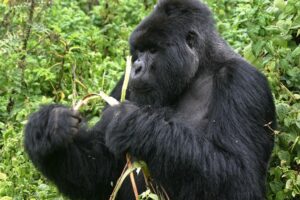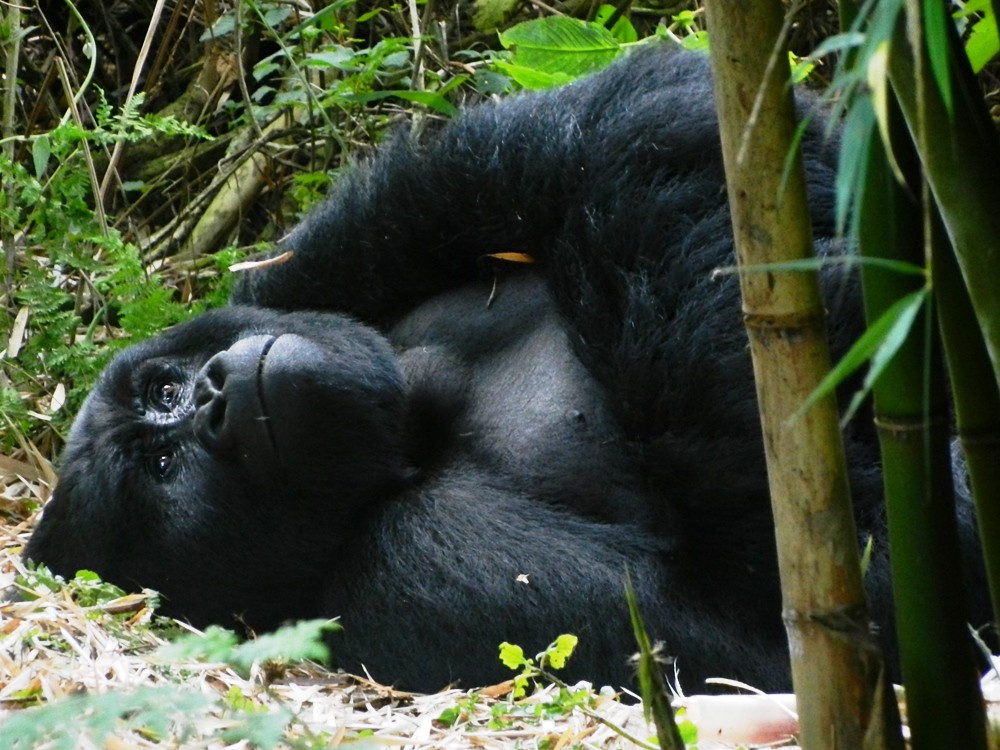Your Essential Packing Guide
Gorilla trekking in Uganda and Rwanda is a once-in-a-lifetime adventure that takes you deep into Africa’s pristine rainforests to encounter mountain gorillas in their natural habitat. While the experience itself is magical and unforgettable, it can also be physically demanding, muddy, and unpredictable due to the terrain and weather. Knowing what to wear and how to pack for this journey is crucial to making it comfortable, safe, and enjoyable. Preparing the right clothing and gear ensures that you stay dry, protected, and focused on the breathtaking moment you meet the gorillas.
The weather in both Bwindi Impenetrable National Park and Volcanoes National Park can change quickly. Even during the dry season, you can expect occasional showers and mist, as well as warm sunshine breaking through the canopy. Because of this variability, it’s important to dress in lightweight but protective clothing that can handle moisture, dirt, and the occasional snag on branches or thorny plants. Long-sleeved shirts and long pants are highly recommended for protecting your skin from scratches, insect bites, and stinging nettles along the trail. Clothes in neutral, earthy tones blend well with the forest environment and help avoid attracting unwanted insect attention.
 Footwear is another critical part of your gorilla trekking attire. The trails can be steep, muddy, and slippery, so sturdy hiking boots with good ankle support and strong grip are essential. Many visitors also find it helpful to wear gaiters to keep mud and water from entering their boots, especially during wetter months. Comfort and stability are more important than style when it comes to choosing shoes for this trek, as you might be walking for several hours over uneven ground.
Footwear is another critical part of your gorilla trekking attire. The trails can be steep, muddy, and slippery, so sturdy hiking boots with good ankle support and strong grip are essential. Many visitors also find it helpful to wear gaiters to keep mud and water from entering their boots, especially during wetter months. Comfort and stability are more important than style when it comes to choosing shoes for this trek, as you might be walking for several hours over uneven ground.
Other items worth wearing include a wide-brimmed hat or cap to protect against the sun and light rain, and a lightweight waterproof jacket to keep you dry in sudden downpours. The forest can be quite humid, but it’s often cooler at higher altitudes, so dressing in layers is helpful for adjusting to the changing temperatures throughout the trek.
In addition to clothing, your packing should include a small waterproof backpack for essentials like water, snacks, a camera, and a pair of gloves. Gloves protect your hands from scratches and help you grip branches as you navigate steep sections of the trail. Insect repellent, sunscreen, and personal hygiene items are also important to have on hand, as well as a change of clothes for after the trek. If you’re traveling during the rainy season, consider carrying a dry bag to protect electronics and documents.
Planning what to wear and pack not only ensures your own comfort but also helps you respect the gorillas and their environment. Visitors are asked to keep a respectful distance and avoid sudden movements, so wearing comfortable, neutral clothing and minimizing noise helps maintain the calm atmosphere that the gorillas need to feel safe. With the right gear and preparation, you can focus on enjoying the incredible privilege of standing in the presence of these gentle giants, fully immersed in one of the world’s most remarkable wildlife encounters.





